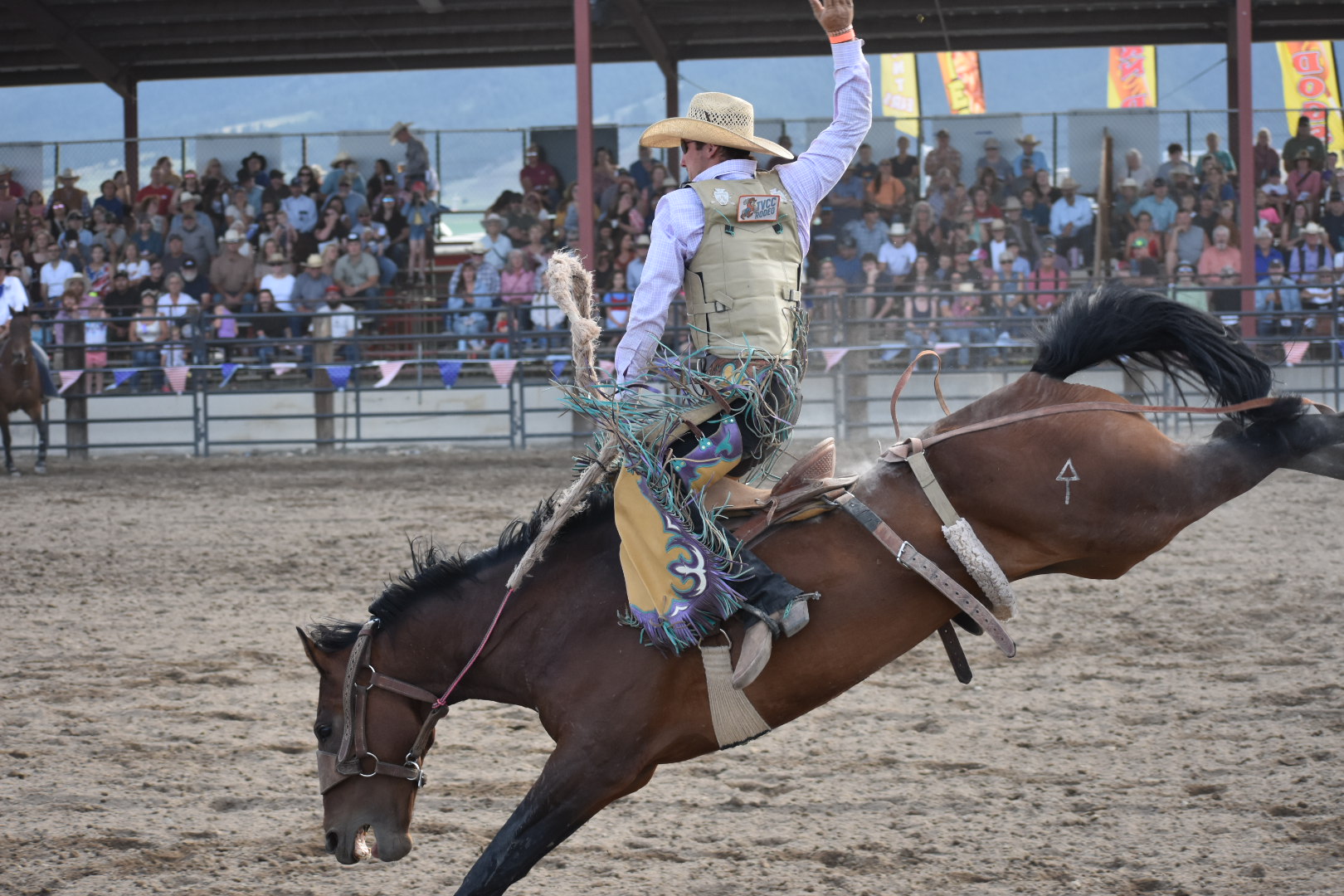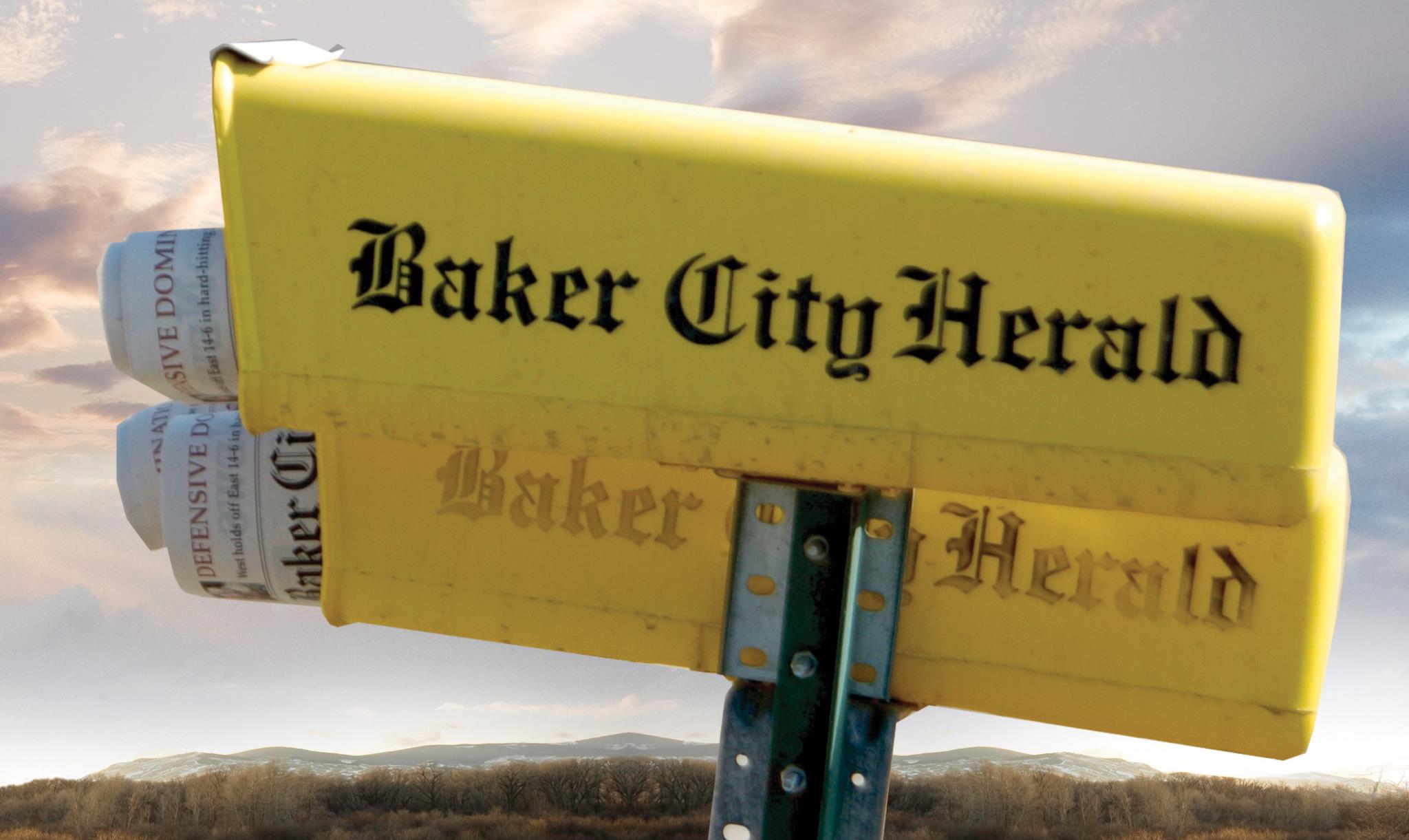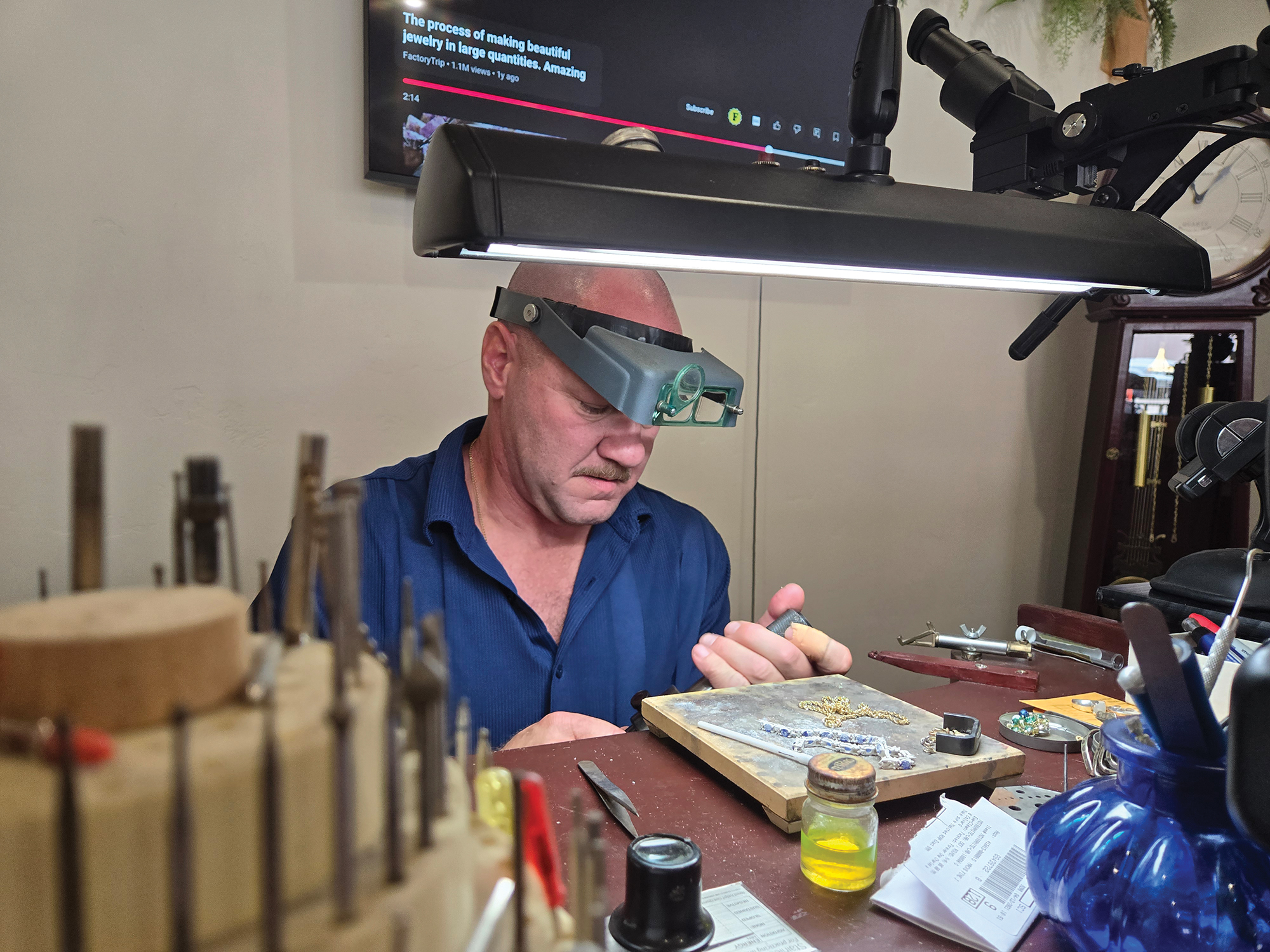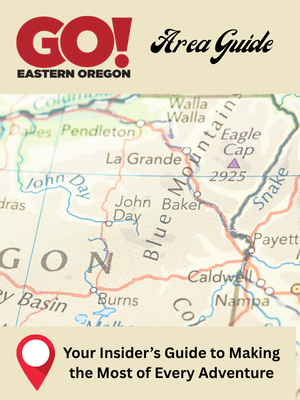Ezra Meeker: The original Oregon Trail preservationist
Published 12:00 am Friday, June 30, 2006
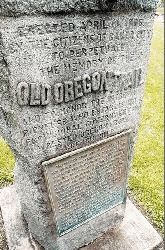
- Ezra Meeker placed markers along the Oregon Trail, including this one, which was moved to Geiser Pollman Park from the Old Post Office Square in downtown Baker City. (Baker City Herald/S. John Collins).
By LISA BRITTON
One trip on the Oregon Trail wasn’t enough for Ezra Meeker.
Heck, he didn’t even stop at two journeys across the Unites States by the time he died in 1928, Meeker had traveled the route of the Oregon Trail twice by wagon, once by car and once by plane to bring recognition to the trail and make sure the sacrifices and hardships of the pioneers would never be forgotten.
This year commemorates the 100th anniversary of Meeker’s eastward trip across the Oregon Trail in 1906 when he was 76. On Saturday, the Oregon Trail Interpretive Center will open a new exhibit titled andquot;Ezra Meeker: 70 Years on the Oregon Trail.andquot;
The display features photographs of Meeker along with quotes pulled from his books and other writings that show, in his own words, how much the Oregon Trail meant to him. Meeker marked the trail in five locations in Baker County.
Meeker and the Oregon Trail
Meeker was born in Ohio in 1830, and in 1852 he loaded up an ox-drawn wagon and set off from Iowa for the Oregon Territory with his wife, Eliza Jane, and their newborn son Marion.
Five months later the Meekers reached Portland, and in 1862 they moved north to settle in an area Ezra later platted and named Puyallup, Wash.
There he became a hops farmer and played an active role in local government and politics.
By the time he turned 71, Meeker had made and lost several fortunes between business ventures in hops, sugar beets and mining.
He wasn’t, however, in any mood to retire, and Meeker decided to pursue a new passion preserving the very trail that had led him to a life in the Northwest.
andquot;I longed to go back over the Old Oregon Trail and mark it for all time for the children of the pioneers who blazed it, and for the world,andquot; Meeker wrote in his book andquot;Ox-Team Days on the Oregon Trail.andquot;
On Jan. 29, 1906, at the age of 76, Meeker set out from Puyallup in a prairie schooner drawn by oxen to bring recognition to the Oregon Trail and mark the ruts with granite pillars.
During the two-year journey, Meeker stopped at communities along the way to garner support of his cause. Students and adults donated money to help pay for the granite markers, and Meeker funded his travels by posing for photographs, selling books and printing postcards he sold for a nickel.
In Baker City, 800 schoolchildren contributed $60 to help pay for the towering granite pillar that was dedicated on April 19, 1906, in front of the high school with an audience of 2,000 people.
That marker reads, in part, andquot;Erected April 19, 1906 by the citizens of Baker City to perpetuate the memory of the Old Oregon Trail and to honor the intrepid pioneers who established a provisional government and wrested Oregon from British rule.andquot;
The granite pillar now stands at the center of Geiser Pollman Park. Neither Meeker’s name nor initials appear anywhere in the stone.
andquot;His intent was to mark the trail,andquot; said Ray Egan of Steilacoom, Wash., who does a living history performance as Meeker and has appeared many times at the Interpretive Center.
Preservation of the trail
Meeker’s adventure gained national exposure, and at the end of his excursion he met with President Theodore Roosevelt.
andquot;He got enough attention from Congress that they set aside money for preservation of the Oregon Trail,andquot; Burns said.
Meeker is recognized as the first preservationist of the Oregon Trail, she said, and his efforts set the groundwork for today’s Oregon-California Trails Association.
andquot;He fixated on the notion that the Oregon Trail was being forgotten,andquot; Burns said.
andquot;He was a consummate celebrity,andquot; Egan said. andquot;He was a PR man before PR was invented.andquot;
In 1910 Meeker made another trip along the route to create a more precise map of the Oregon Trail. In 1916 he traveled the route in a Pathfinder automobile from Indianapolis to Puyallup, Wash., and in 1924 he flew over the trail in a biplane that andquot;flew at 100 miles an hour over the same route he had once traveled by ox team at 2 miles an hour,andquot; Meeker wrote.
When he died in 1928 just days shy of his 98th birthday, Meeker was preparing for another transcontinental trip in the Oxmobile, an auto donated by Henry Ford that was outfitted to look like a prairie schooner.
In 1926, two years prior to his death, Meeker established the Oregon Trail Memorial Association to carry on his preservation work.
The OTMA was changed to the American Pioneer Trails Association in 1940, but the organization’s work tapered off in about 1954.
Preservation of the Oregon Trail was a bit sketchy for the next 28 years, until the Oregon-California Trails Association was established in 1982 in response to the loss of segments of the trail to highways, freeways and crop fields.
Today OCTA which credits Meeker with paving the way for preservation consists of eight chapters dedicated to specific regions around the nation. To learn how to join the organization, visit the Web site at www.octa-trails.org/.
Mark your calendars
Members of the Ezra Meeker Historical Society and OCTA are commemorating the 1906 trip by tracing his route from Puyallup to Independence, Mo., including a stop at the National OCTA Conference in St. Joseph, Mo.
The troupe will leave Washington on July 22, and will arrive in Baker City on July 25 for an event in Geiser Pollman Park from 2 p.m. to 5 p.m.
Egan will portray Meeker, and Dixon Ford, an ox drover from Salt Lake City, will bring two oxen of the exact breed used in the western pioneer era.
The animals are almost six feet tall, weigh 3,000 pounds each and have been trained to obey by verbal or silent signals without reins, ropes, halters or nose rings, Ford said.
The Meeker group will be at the Interpretive Center on July 26 for a talk titled andquot;The Untold Storyandquot; by Dennis Larson, who transcribed Meeker’s letters, and a performance by Egan, who hopes to keep Meeker’s mission alive by portraying the pioneer who wouldn’t let the past slip from the nation’s memory.
andquot;My favorite part is getting people to remember the Oregon Trail and the incredible importance of that journey,andquot; Egan said.


